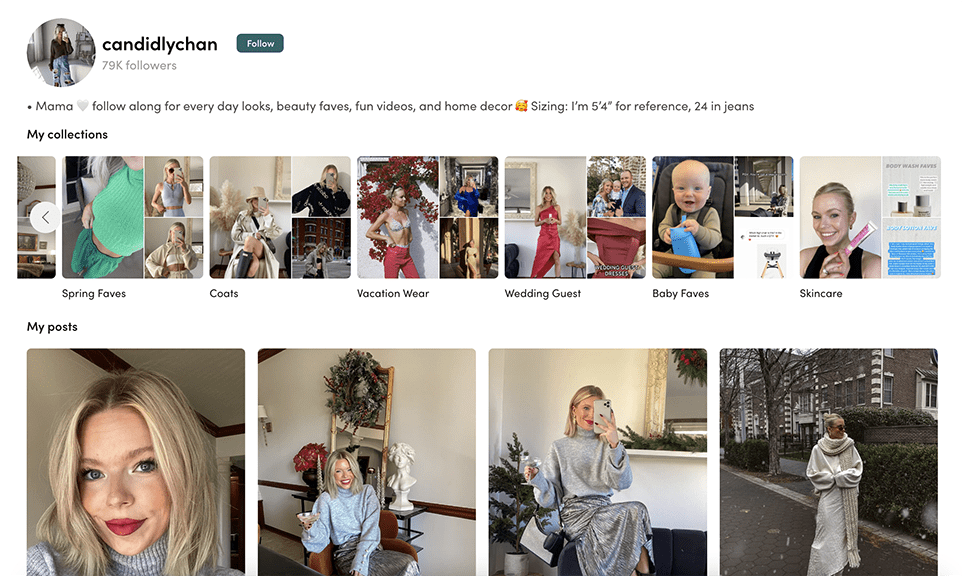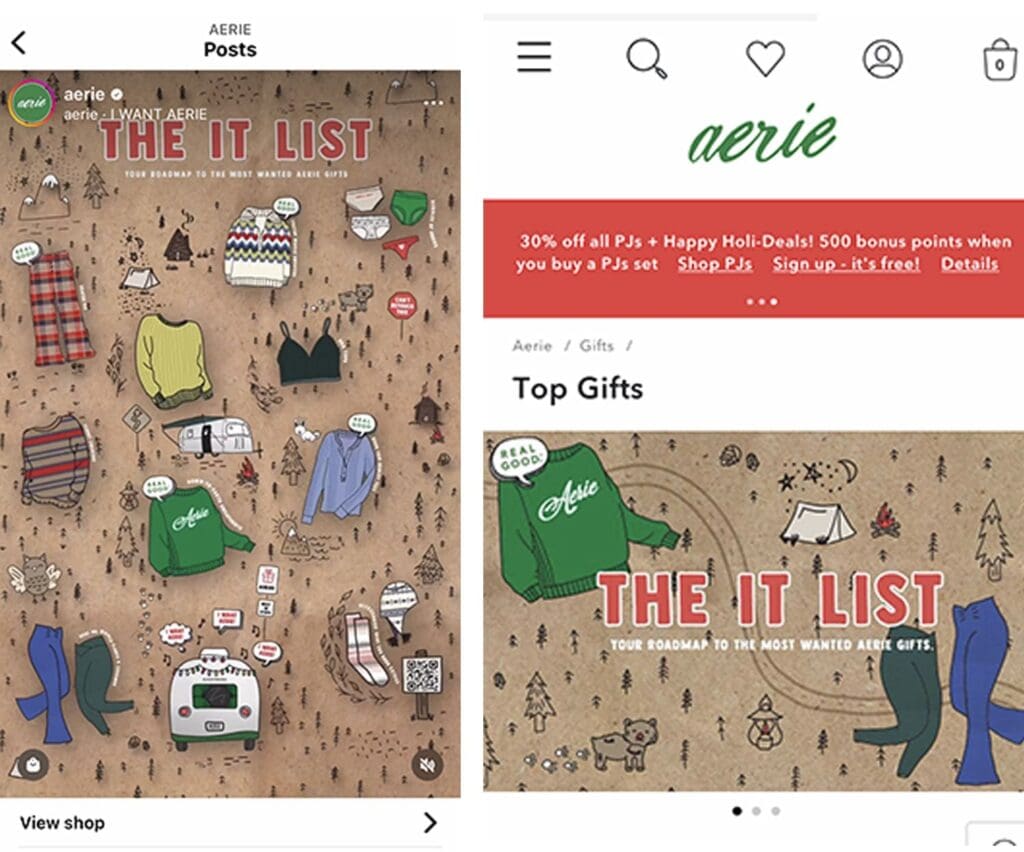Consumers tend to be more flexible with their spending during periods of economic uncertainty. That helps them get the best value, and to do so, it makes them more willing to 1. do more research and 2. switch brands and retailers. For marketers, this poses a variety of questions—namely, how do we support consumers’ research and product discovery?
This will be especially important in 2023. Mintel’s 2023 Trend Intentional Spending explores how consumers will be more thoughtful about their purchases over the next year. As consumers adjust their spending strategies, brands will need to adjust their own strategies. Influencers have particularly excelled at directing consumers’ attention to specific products and product collections online, inspiring brands to help their own customers find what they need.
Tap into online shopping motivations
Social media has revolutionized product discovery. Hyper-niche and targeted content, paired with the introduction of influencer storefronts, has not only encouraged but incentivized consumers to creatively recommend products to one another. The commonly used phrase “TikTok made me buy it” is emblematic of social media’s influence over product discovery and purchase.
This is, in part, due to how Influencers have streamlined the research-to-purchase process. Product videos and posts show products in real life, provide the context of how products fit into particular trends or occasions, and direct viewers to curated storefronts, where they are a few clicks away from a purchase. Taking a different approach than brands, influencers will often categorize these product recommendations on storefronts by theme, occasion, or even the channel that consumers likely saw the recommendation on, such as Instagram or TikTok. This is something brands can borrow from, either on a seasonal or ongoing basis.
CandidlyChan, a lifestyle influencer, has a product recommendation section for “trending posts” and “vacation wear,” in addition to channel collections where consumers may have seen products. This organization provides a different type of path to purchase, initially organizing products by the occasion, look, or end result that consumers are researching, rather than just the product category itself.
Source: @candidlychan on shopltk.com
Consider developing unique, digitally friendly categories
In addition to more traditional and intuitive product categories, rotating sections on the website or less-permanent story collections on social media can highlight seasonal, trending, or must-have product collections. Categories like “As seen on TikTok,” “the fall capsule collection,” or the “must-haves for the no makeup, makeup look” can support product research by focusing on the end goal. The women’s apparel brand Aerie, for instance, recently posted an “It List” for the season’s must-have gifts to their owned Instagram, which directs consumers to a section on the website featuring the same items.
Source: @aerie Instagram; aerie.com
What we think
Providing more direction on owned media channels can help consumers expedite their own research process, rather than disengaging or shopping from another brand that provides more product guidance. To avoid a generic approach, brands should invest in social media listening so they can stay ahead of trends like Barbiecore and the coastal grandmother in their early days to help consumers find the products that fit the most top-of-mind trends.
Brands should also utilize their own product data to ensure they’re choosing the most popular or trend-worthy products from their catalogs. Brands should test their approach on social media before migrating collections or sections to websites; Mintel consumer research on social commerce finds that nearly half of online shoppers who shop on social media have shopped on Instagram. Finally, brands should ensure they are rotating product collections out seasonally or by relevant occasions to keep shoppers engaged.
To find out how Mintel Marketing Intelligence and Mintel Consulting can help your brand with its marketing strategy, contact us today.






































